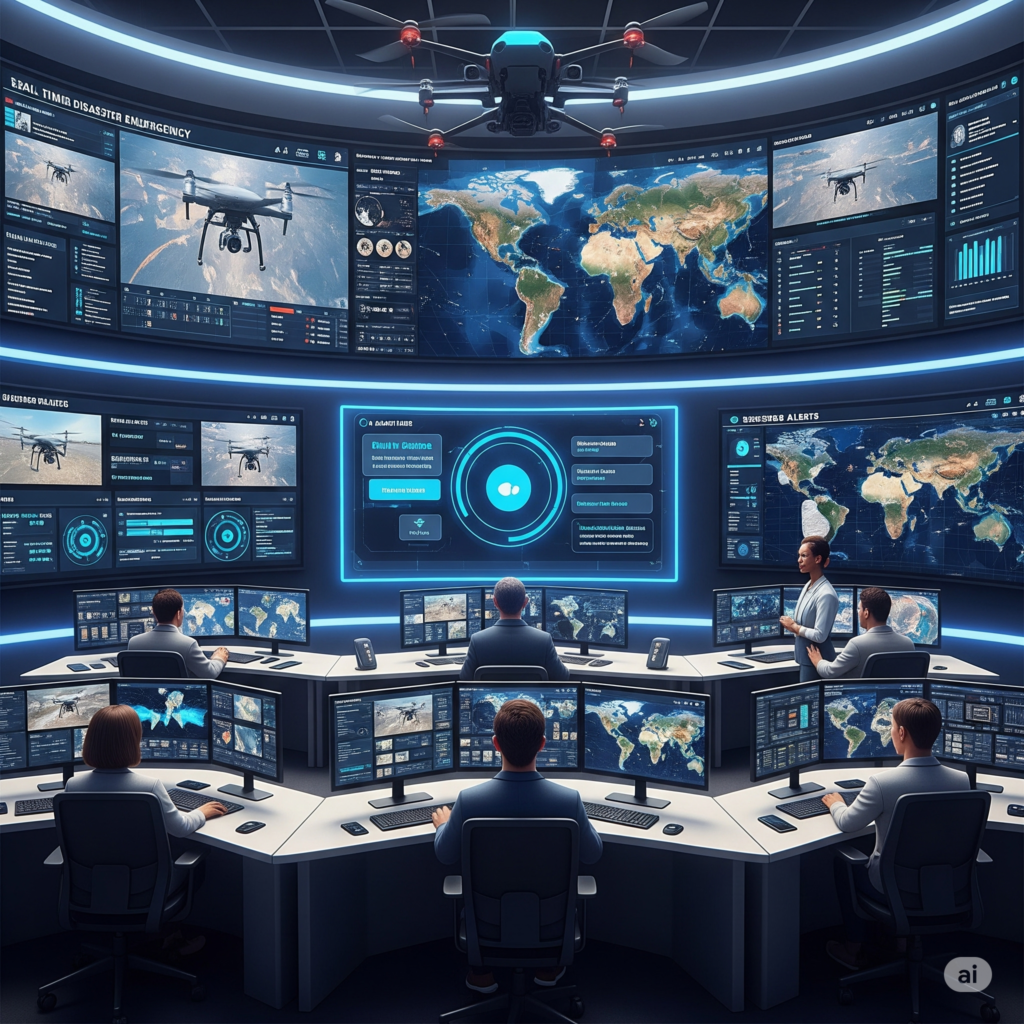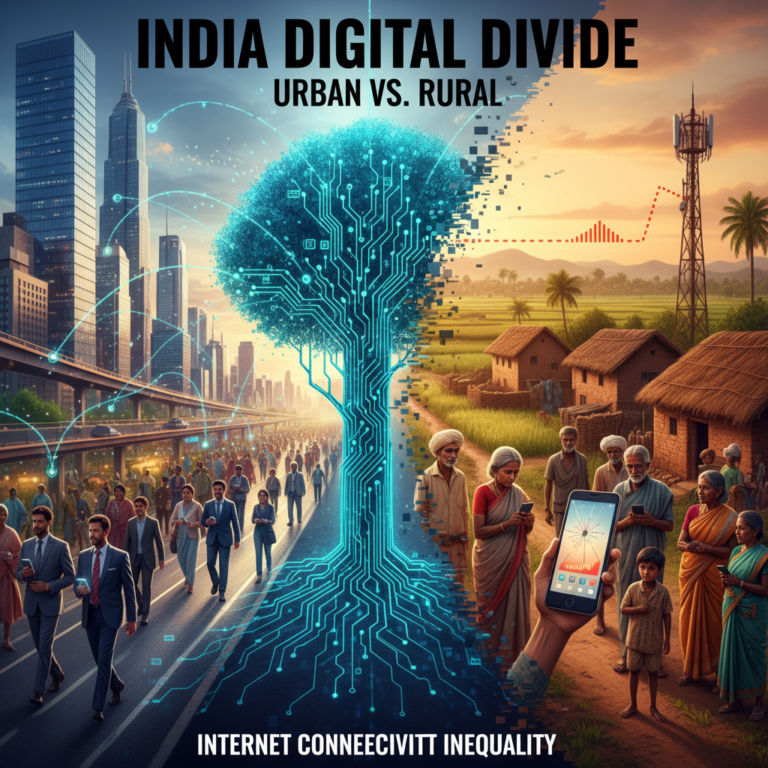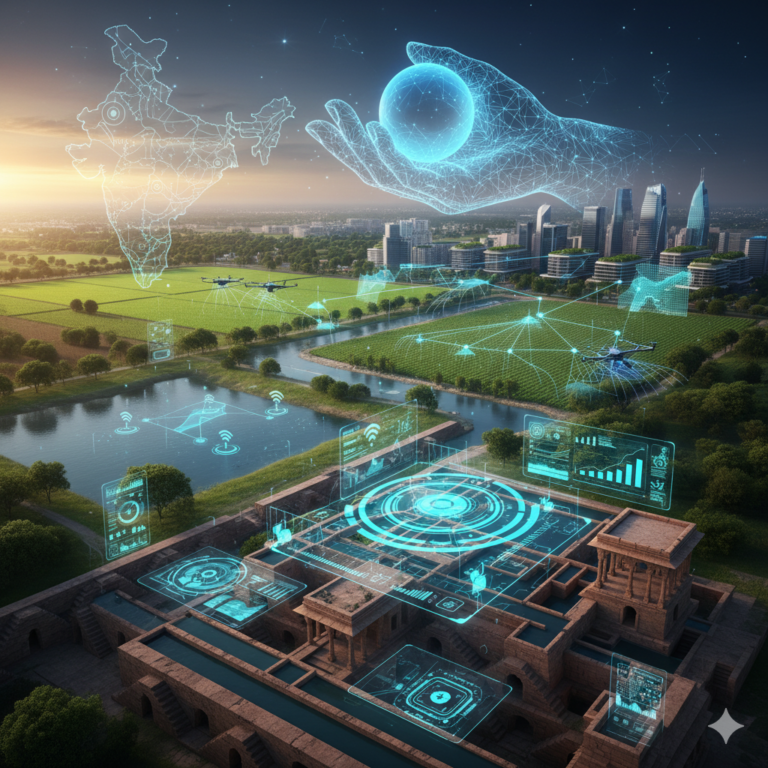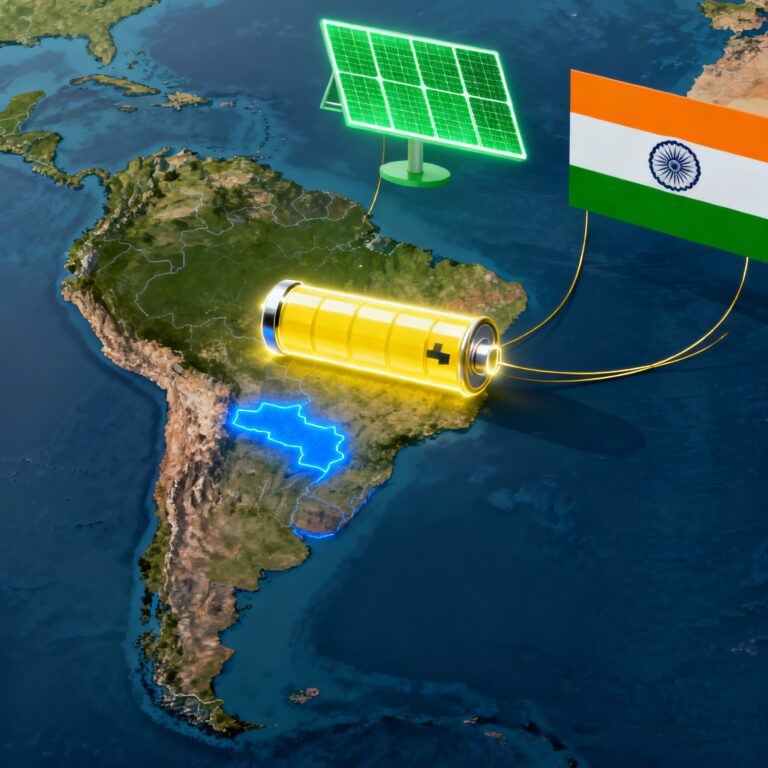The Crisis Is Now—And Tech Is Catching Up
From flash floods in Mumbai to wildfires in California and earthquakes in Türkiye, 2025 continues to witness the rising wrath of climate-linked disasters. The World Meteorological Organization (WMO) warns that such events will become more frequent and intense.
But while disasters are growing more unpredictable, technology is evolving even faster.
In this post, we examine the top five game-changing technologies revolutionizing the way we prepare for, respond to, and recover from disasters.
These innovations don’t just offer speed—they bring precision, safety, and scalability, often saving lives when every second counts.
1. 🧠 Artificial Intelligence for Predictive Disaster Modeling

What It Does:
AI algorithms now crunch massive datasets (satellite imagery, seismic data, weather forecasts, even social media posts) to predict when and where disasters might strike.
🌊 Use Cases:
- Flood forecasting in urban areas (e.g., Bengaluru or Jakarta)
- Earthquake early warning systems using tremor wave data
- Cyclone trajectory modeling for evacuation planning
- Social sentiment analysis to detect unreported emergencies
🧪 Real-World Example:
The Indian Institute of Technology (IIT-Hyderabad), in collaboration with ISRO, is using AI to predict landslide-prone zones in the Northeast—helping avoid infrastructure damage and civilian casualties.
🧭 Benefits:
- Better evacuation timing
- Real-time risk mapping
- Faster resource mobilization
“AI is the brain behind the next generation of early warning systems.” – UNDRR 2025 Report
2. 🚁 Drone Technology: The Eyes and Hands in the Sky
What It Does:
Drones have become indispensable for aerial surveillance, delivery of aid, and victim location in hard-to-reach disaster zones.
📦 Use Cases:
- Delivering medical supplies and food
- Mapping debris or fire zones
- Locating survivors using thermal cameras
- Assessing damage in inaccessible areas (collapsed buildings, flooded bridges)
🌐 Innovations in 2025:
- Swarm drones that communicate with each other to cover large areas fast
- AI-enhanced drones that can identify movement, heat, or distress signals automatically
🧪 Real-World Example:
In 2024’s floods in Assam, a drone fleet deployed by a local startup dropped 200+ insulin kits to stranded diabetics and scanned entire neighborhoods for water levels.
Drones cut down rescue time by 40–60%, especially in the first 48 hours post-disaster.
3. 🦾 Jet-Powered Humanoid Robots for Search and Rescue
What It Does:
Building on the latest advancements in robotics and aerospace, jet-powered humanoid robots are now entering the scene as first responders.
🤖 Features:
- Fly into collapsed or hazardous areas
- Use thermal imaging to find survivors
- Perform basic lifting, delivery, or interaction tasks
- Navigate through gas leaks, fire zones, or nuclear accidents
🧪 Real-World Example:
A Japan-based rescue agency deployed a prototype humanoid robot in a mock earthquake drill, where it located two mannequins, delivered medical kits, and mapped the area—all in under 15 minutes.
🔒 Challenges:
- Expensive ($300K+)
- Limited flight time
- Ethical concerns about replacing human decision-making
Still, they represent a quantum leap in search and rescue in high-risk zones.
4. 📡 Satellite Internet & Mesh Networks for Connectivity
What It Does:
When disaster strikes, one of the first casualties is often communication infrastructure. In 2025, that’s no longer a death sentence for coordination.
🌐 Innovations:
- Low-Earth Orbit (LEO) satellite constellations like Starlink, OneWeb, and BharatNet
- Mesh Wi-Fi kits that automatically connect mobile phones to one another when towers are down
💬 Use Cases:
- Keeps victims and first responders connected
- Enables remote diagnostics and telemedicine
- Supports drone command-and-control in low-signal areas
🧪 Real-World Example:
During the 2025 Chile earthquake, Starlink ground kits were deployed within 8 hours, restoring internet to over 25 rural shelters.
🛠️ Bonus Tech:
Portable “network-in-a-backpack” systems used by UNICEF can now restore 4G to entire villages within 60 minutes.
5. 💬 AI-Powered Emergency Chatbots & Language Translation
What It Does:
In multilingual nations like India, Nigeria, or Indonesia, AI-powered multilingual chatbots now serve as lifelines for information.
🧠 Features:
- Local language voice/text support
- Real-time translation for international aid workers
- Pre-loaded disaster guidance (e.g., “how to treat snakebites” or “where to find shelters”)
🧪 Real-World Example:
In Odisha (India), a WhatsApp-integrated AI bot helped 300,000+ citizens navigate cyclone relief shelters—responding in 5 regional languages with location-specific information.
📱 Other Tools:
- Offline voice assistants for rural, power-cut zones
- AI call centers that auto-route urgent distress calls to human responders
With AI, access to life-saving info doesn’t require literacy or signal strength.
🌐 Bonus: Smart Sensors & IoT Monitoring
While not in the core five, Internet of Things (IoT) sensors also deserve a mention.
- Smart river level sensors can warn of floods
- Fire-risk detectors placed in forests can send alerts
- Temperature and motion sensors help monitor shelter conditions
When paired with AI dashboards, these sensors allow real-time command centers to manage disaster zones like never before.
⚖️ Challenges to Watch
- Data privacy and misuse during surveillance
- Tech inequality: not all regions can afford cutting-edge tools
- Ethical use of AI in deciding rescue priorities
- Dependency risk: What if the tech fails?
“Tech must serve humans first—not replace empathy or override dignity.” – International Red Cross, Tech Ethics Charter 2025









+ There are no comments
Add yours